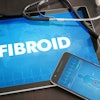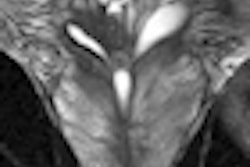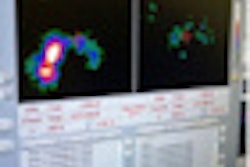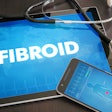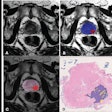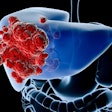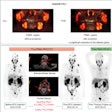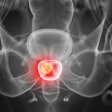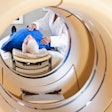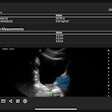Dear AuntMinnie Member,
In the early years following the discovery of x-rays, physicians were among the first to experiment with the new phenomenon. In addition to examining patients, they also performed experiments on themselves -- and many of these doctors became radiology's first martyrs.
That's according to the latest installment of our Moments in Radiology History series by radiology historian Otha Linton. This week's edition describes the work of some of radiology's early pioneers, many of whom gave their lives either learning about x-ray or using the technology to improve patient care.
For example, Elizabeth Fleischman performed some of the first x-ray studies in California, many of them on injured soldiers returning from the Spanish-American War in 1898. Her hands eventually became severely damaged from radiation, and she later became the first reported person to die from exposure to medical radiation.
Read more by clicking here, or visit our Digital X-Ray Community at xray.auntminnie.com.
Self-referral and IMRT costs
In other news, this month's edition of Health Affairs included several articles on the cost-effectiveness and appropriate utilization of both diagnostic and therapeutic radiology. While a study we published earlier this week had positive things to say about CT lung screening, another was less kind to the use of intensity-modulated radiation therapy (IMRT) for treating prostate cancer.
Researchers from the University of Michigan examined IMRT utilization rates for men with prostate cancer between 2001 and 2007. They found that utilization of IMRT more than tripled compared to less expensive 3D conformal radiation therapy, despite what they said was mixed evidence that IMRT led to better outcomes.
What's behind IMRT's rapid rise? The study authors believe that physician self-referral -- by urologists buying their own IMRT systems -- could be a big part of it. Read more by clicking here, or visit our Radiation Oncology Digital Community at radiation.auntminnie.com.
ABUS gets a nod
Finally, breast imagers may soon be getting another tool in their armamentarium after a U.S. Food and Drug Administration panel yesterday recommended the approval of a new indication for an automated breast ultrasound (ABUS) system. Although the unit is already on the market as an adjunct to diagnostic mammography, the company that makes the system hopes that the approval for screening use will make it more widely available.
ABUS is believed to be particularly useful for imaging women with dense breast tissue -- a patient population that presents problems for x-ray-based mammography screening. Read more by clicking here, or visit our Women's Imaging Digital Community at women.auntminnie.com.
